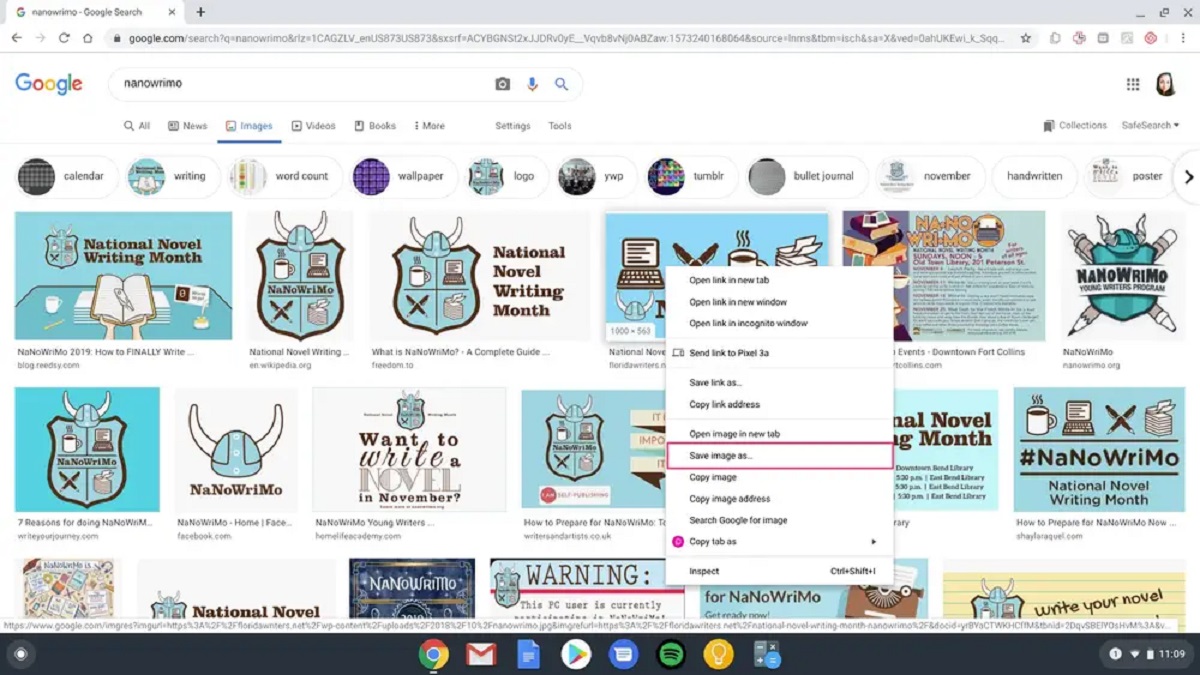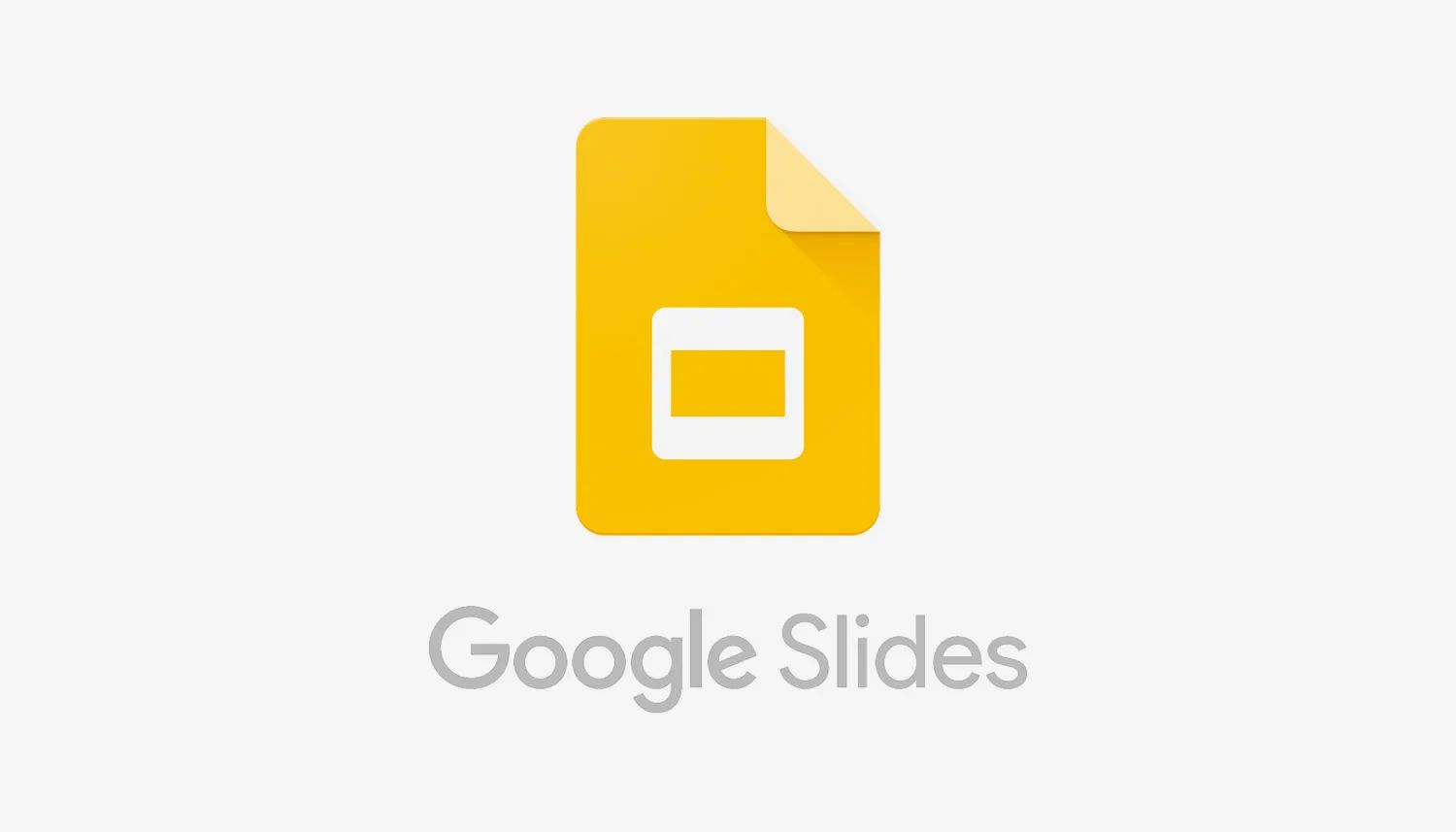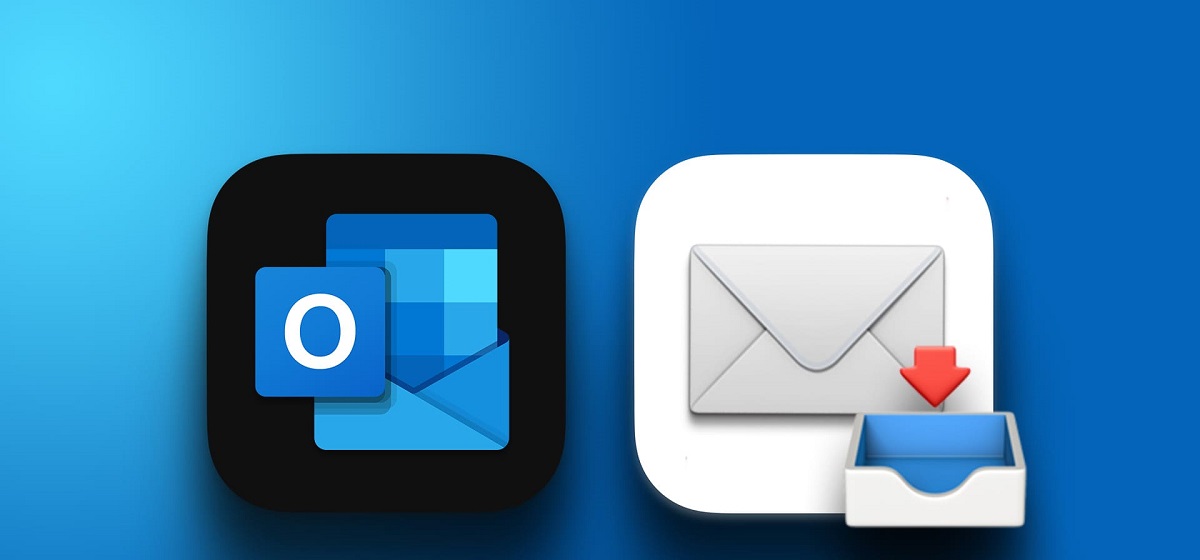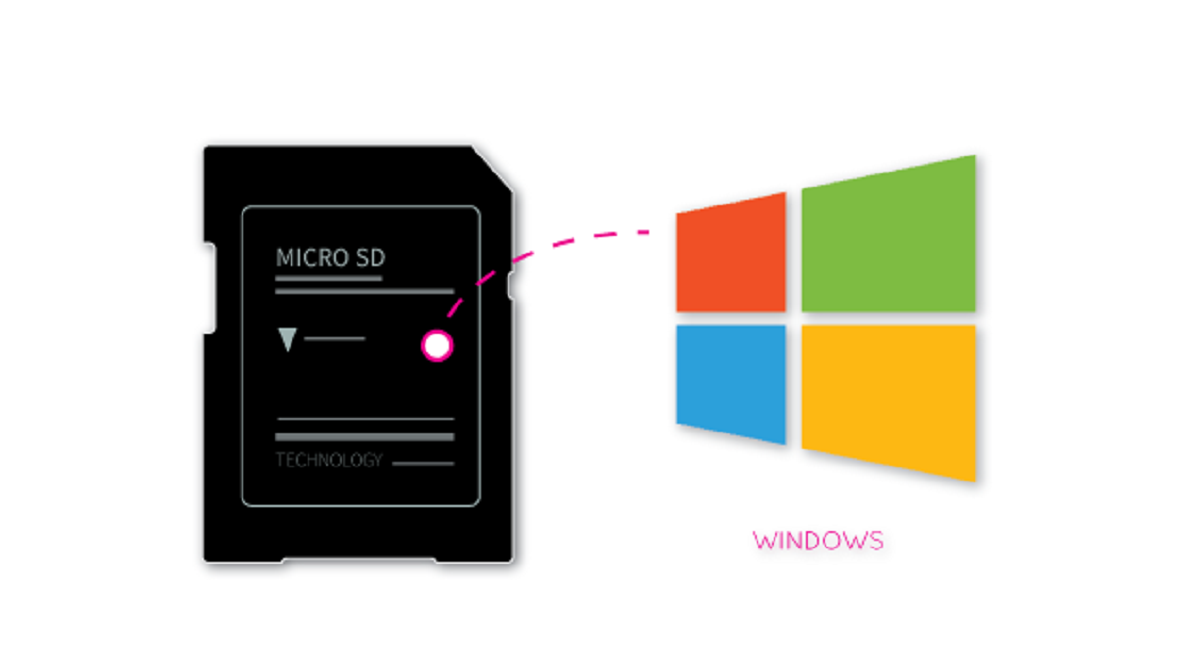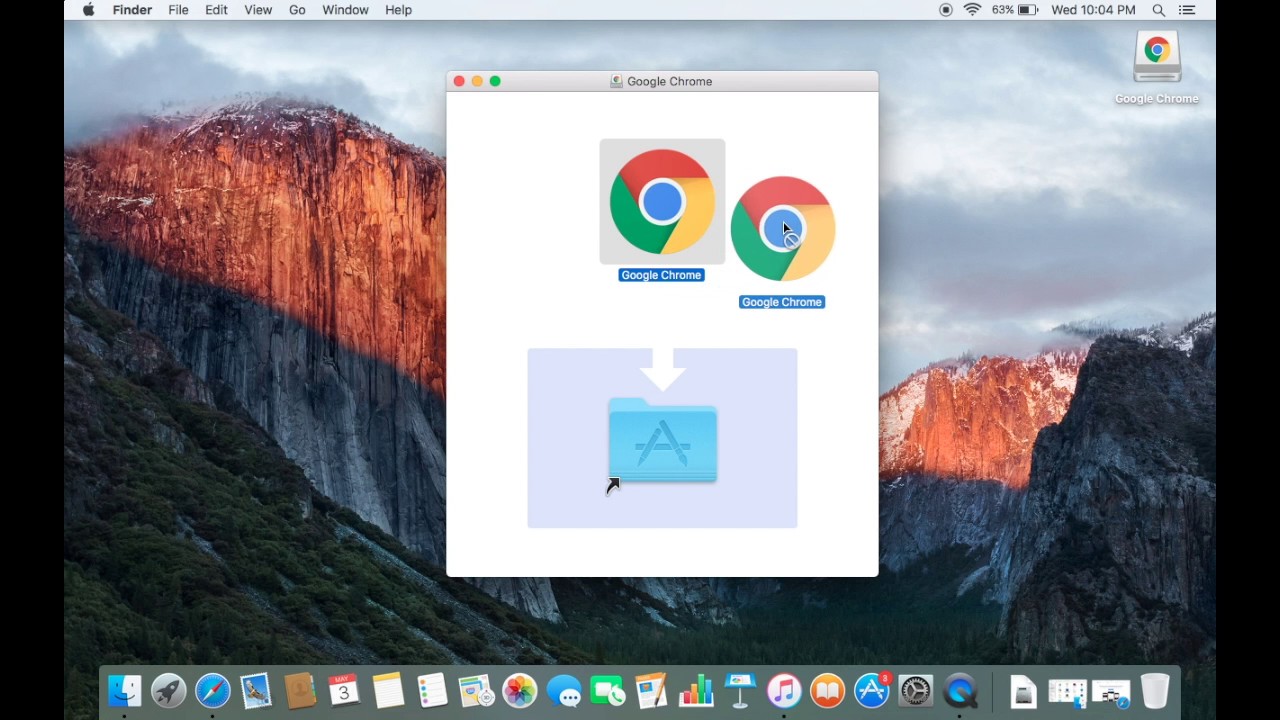Introduction
Downloading multiple images at once can be a time-consuming and tedious task, especially if you have to perform it manually. Fortunately, there are tools and techniques available that can simplify and accelerate the process, allowing you to save time and effort.
Whether you’re a photographer, web developer, or simply someone looking to gather a collection of images, being able to download multiple images simultaneously can be a game-changer. Imagine being able to download hundreds of images with just a few clicks instead of laboriously downloading each one individually.
In this article, we will explore the steps involved in downloading multiple images at once. We will discuss the tools and configurations necessary to accomplish this task efficiently. By following these steps, you’ll be able to save valuable time and energy, allowing you to focus on more important aspects of your work.
Before we delve into the details, it’s essential to note that the method described in this article assumes a basic understanding of computer applications and internet usage. Additionally, please ensure that you have the necessary permissions and rights to download the images you want.
Now, let’s dive into an overview of the process and the steps involved in downloading multiple images at once.
Overview of the Process
Downloading multiple images at once involves utilizing specialized software or online tools that allow you to automate the downloading process. These tools make it possible to download a batch of images simultaneously, saving you considerable time and effort.
The process typically involves the following steps:
- Choosing the right tool: There are various image downloaders available, both desktop applications and online services. It’s important to select a tool that suits your needs in terms of features, ease of use, and compatibility.
- Setting up the image downloader: Once you have chosen a tool, you will need to install it on your computer or navigate to the online service. Follow the necessary installation or sign-up instructions provided by the tool.
- Configuring the downloader for multiple image downloads: Depending on the tool, you may need to customize the settings to enable the simultaneous download of multiple images. This step ensures that the downloader is ready to handle a batch of image URLs.
- Selecting and adding the image URLs: You will then need to provide the downloader with the URLs of the images you want to download. This can be done by manually entering the URLs or using a copy-and-paste method.
- Customizing the download options: The image downloader may offer additional options, such as specifying the desired image format or selecting a destination folder for the downloads. Take advantage of these options to tailor the process to your preferences.
- Initiating the download: Once you have configured the downloader and added the image URLs, it’s time to initiate the download. This will trigger the downloader to start retrieving the images from the provided URLs and saving them to your designated location.
- Checking the downloaded images: After the download is complete, it’s essential to review the downloaded images to ensure they were successfully saved and are intact. Take some time to inspect the downloaded images and verify their quality and correctness.
By following these steps, you can streamline the process of downloading multiple images at once and eliminate the need for manual, time-consuming downloads. The specific details and features may vary depending on the tool you choose, but the general process remains consistent.
Step 1: Choosing the Right Tool
When it comes to downloading multiple images at once, the first step is to choose the right tool for the job. There are several options available, including desktop applications and online services, each with its own features and functionalities. Consider the following factors as you select the tool that best fits your needs:
1. Compatibility: Ensure that the tool is compatible with your operating system and the web browser you typically use. Some image downloaders may be specific to certain platforms, so it’s important to choose one that works seamlessly with your setup.
2. User-Friendliness: Look for a tool that is user-friendly and intuitive. The last thing you want is to spend hours trying to navigate a complicated interface. Opt for a tool with a straightforward and easy-to-understand interface, allowing you to quickly grasp its capabilities and utilize its features.
3. Batch Downloading Capability: Check if the tool supports batch downloading, which allows you to download multiple images simultaneously. This feature is essential for efficiently downloading a large number of images at once, saving you significant time and effort.
4. Customization Options: Consider the customization options available within the tool. Look for features like the ability to specify image formats, set download limits, or choose output folders. These options can help you tailor the downloading process to your specific requirements.
5. Reliability and Support: Research and read reviews about the tool to ensure it is reliable and stable. Look for tools that have frequent updates and a responsive support system in case you encounter any issues while using the downloader.
Take your time to evaluate different tools based on these factors. Consider reading user reviews, checking online forums, or seeking recommendations from trusted sources to gather more insights. Ultimately, choose a tool that strikes a balance between ease of use, functionality, and compatibility.
Once you have selected a suitable image downloader tool, you can proceed to the next step of setting up the downloader on your device.
Step 2: Setting Up the Image Downloader
After choosing the right image downloader tool, the next step is to set it up on your device. The setup process may vary depending on whether you have opted for a desktop application or an online service. Follow the instructions below to get started:
1. Desktop Application:
- Download the image downloader application from the official website or a reliable source.
- Run the installer file and follow the on-screen prompts to install the application on your computer.
- Once the installation is complete, launch the application to begin the setup process.
2. Online Service:
- Access the website that provides the image downloader service through your preferred web browser.
- If required, create an account by providing the necessary details and following the registration process.
- After creating an account, log in using your credentials to access the image downloader service.
During the setup process, you may need to agree to the terms of service or provide additional information depending on the specific tool you have chosen. Make sure to read and understand the terms and conditions before proceeding.
It is worth noting that some image downloader tools may require you to grant certain permissions or install browser extensions for seamless functionality. Follow the prompts provided by the tool to grant the necessary permissions or install any required extensions.
Once the setup is complete, you can move on to the next step of configuring the image downloader tool to enable multiple image downloads.
Step 3: Configuring the Downloader for Multiple Image Downloads
After setting up the image downloader on your device, it’s time to configure it to enable the simultaneous download of multiple images. This step ensures that the tool is ready to handle a batch of image URLs and optimize the downloading process.
The configuration process may vary depending on the specific image downloader you are using. However, the general steps to configure the downloader for multiple image downloads are as follows:
1. Open the image downloader tool either as a desktop application or through the online service, depending on your choice.
2. Navigate to the settings or options section of the tool, usually accessible from the menu or toolbar.
3. Look for a setting related to simultaneous or batch downloading. This setting may be labeled as “Download Multiple Images,” “Bulk Download,” or something similar.
4. Enable the option for multiple image downloads to allow the tool to handle a batch of image URLs concurrently.
5. Depending on the tool, you may find additional options to customize the download process, such as maximum simultaneous connections or download speed limits. Adjust these settings as per your requirements.
6. Save the configuration changes, if applicable, and exit the settings section.
By configuring the image downloader for multiple image downloads, you ensure that the tool is optimized to handle the downloading process efficiently. Enabling this feature will allow the downloader to retrieve multiple images simultaneously, drastically reducing the overall download time.
It’s important to note that not all image downloader tools may have this specific configuration option. If you are unable to find a dedicated setting for multiple image downloads, don’t worry. Proceed to the next steps, as the tools are designed to handle image URLs in a batch by default.
With the configuration step completed, you are now ready to move on to the next step of selecting and adding the image URLs to the downloader.
Step 4: Selecting and Adding the Image URLs
Now that you have configured the image downloader for multiple image downloads, the next step is to select and add the image URLs to the downloader. These URLs are the web addresses that point to the specific images you want to download.
To select and add the image URLs, follow these simple steps:
1. Open your web browser and navigate to the website or online platform where the images are located. It could be a photo gallery, image hosting site, or any webpage featuring the images you want to download.
2. Locate the first image you want to download and right-click on it. A context menu will appear.
3. In the context menu, select “Copy Image Address” or a similar option. This will copy the URL of the selected image to your device’s clipboard.
4. Return to the image downloader tool, whether it’s a desktop application or an online service.
5. Look for an area or field within the tool where you can add the image URLs. It may be labeled as “Add URLs,” “Paste Links,” or have a similar designation.
6. Right-click inside the field and select “Paste” from the context menu. This will paste the image URL that you previously copied.
7. Repeat steps 2 to 6 for each additional image you want to download. Right-click on each image, copy its URL, and paste it into the image downloader tool.
8. Verify that all the image URLs are correctly added to the downloader. Double-check for any formatting issues or missing links.
By following these steps, you can quickly and efficiently add multiple image URLs to the downloader. This eliminates the need to manually type or search for each image, saving you time and effort.
Once you have finished adding the image URLs, proceed to the next step to customize the download options based on your preferences.
Step 5: Customizing the Download Options
After adding the image URLs to the downloader, you have the opportunity to customize the download options according to your preferences. These options allow you to tailor the downloading process to meet your specific requirements and optimize the downloaded images.
Consider the following download options that may be available within your image downloader:
1. Image Format Selection: Some downloaders provide the option to choose the format in which you want to download the images. Common options include JPEG, PNG, GIF, or BMP. Select the format that best suits your needs based on factors such as image quality, file size, and compatibility.
2. Download Location: Determine where you want the downloaded images to be saved on your device. You may be able to specify a particular folder or directory to store the images. Choose a location that is easily accessible and organized for your convenience.
3. Download Queue or Order: If you have added a large number of image URLs, you might have the option to arrange them in a specific download order. This can be helpful if you prioritize the download of certain images or want them organized in a particular sequence.
4. Download Options: Explore any additional download options provided by the image downloader. These could include the ability to skip duplicate images, limit the download speed, or pause/resume downloads. Adjust these options based on your specific needs to optimize the downloading process.
Take your time to review and customize these download options based on your preferences. Remember, the availability and granularity of these options may vary depending on the specific image downloader tool you are using. Choose the settings that work best for you and align with the desired outcome of your image download.
Once you have set the download options, you are ready to initiate the download of the selected images. Proceed to the next step to learn how to start the downloading process using the image downloader tool.
Step 6: Initiating the Download
With the image URLs added and the download options customized, it’s time to initiate the download process using the image downloader tool. This step triggers the tool to start retrieving the images from the provided URLs and saving them to your designated location.
Follow these steps to initiate the download:
- Ensure that all necessary settings and configurations are in place before proceeding with the download initiation.
- Double-check that the correct image URLs are added to the downloader and that they are not duplicated or missing any necessary characters.
- Review the custom download options to confirm they align with your preferences and requirements.
- Once you are confident with the settings, locate the download button or command within the image downloader tool. It may be labeled as “Start Download,” “Download Now,” or display a similar designation.
- Click on the download button/command to initiate the downloading process.
- Observe the progress indicator or status bar that displays the progression of the download. Depending on the number of images and their file sizes, the download process may take some time.
- Wait for the download to complete. Some image downloaders may provide notifications or sound cues indicating that the download is finished.
During the downloading process, it’s recommended to avoid interrupting the operation or navigating away from the image downloader tool. Doing so may halt the download or lead to incomplete downloads.
Once the download is complete, you can proceed to the next step to verify the downloaded images and ensure they are intact.
Congratulations! You have successfully initiated the download process using the image downloader tool, bringing you one step closer to obtaining multiple images in a time-efficient manner.
Step 7: Checking the Downloaded Images
After the download process is complete, it is crucial to check the downloaded images to ensure they have been successfully saved and are of the expected quality. This step allows you to verify that all the images you intended to download are intact and ready for use.
Follow these steps to effectively check your downloaded images:
- Open the folder or directory where you designated the images to be saved during the download process.
- Scan through the downloaded images one by one to visually inspect their quality, resolution, and content.
- Check for any missing or corrupted images. If any images are missing or appear to be in a damaged state, take note of them for further investigation or re-download if necessary.
- Ensure that the downloaded images match your expectations in terms of content, format, and file size.
- If you had specified a specific order for downloading the images, confirm that they are arranged correctly in that order.
- Take a moment to compare the downloaded images with the original source to ensure no images were missed or skipped during the download process.
If any issues arise during the checking process, such as missing or corrupted images, consider re-downloading those specific images or revisiting the configuration settings for the download process to ensure accuracy.
By thoroughly checking the downloaded images, you can be confident that you have successfully obtained the desired collection of images and that they are ready for further use in your projects or personal endeavors.
With this final step completed, you have successfully completed the process of downloading multiple images at once using an image downloader tool. Enjoy the convenience and time-saving benefits of efficiently downloading and managing a batch of images for your specific needs.
Conclusion
Downloading multiple images at once can greatly streamline your workflow and save valuable time and effort. By choosing the right tool, setting up the image downloader, configuring it for multiple image downloads, and customizing the download options, you can efficiently download a batch of images in just a few simple steps.
Remember to select a tool that is compatible with your operating system, user-friendly, and offers batch downloading capability. Take advantage of customization options such as image format selection, download location, and download queue arrangement to tailor the process to your specific needs.
Once you have added the image URLs and initiated the download, it’s crucial to check the downloaded images to ensure their integrity and quality. By visually inspecting the downloaded images and comparing them to the original source, you can identify any missing or corrupted files that may need further attention.
Downloading multiple images at once using an image downloader tool can significantly improve efficiency, especially when working with a large number of image files. Whether you are a photographer looking to organize your collection, a web developer gathering assets, or simply someone who needs to download multiple images quickly, this process streamlines the task and simplifies your workflow.
By following the steps outlined in this article, you are now equipped with the knowledge and techniques to successfully and efficiently download multiple images at once. Embrace the power of automation and save time for more important aspects of your work or personal projects.
So, why spend hours laboriously downloading images one by one when you can accomplish the same task in a fraction of the time? Take advantage of image downloader tools and enjoy the convenience of downloading multiple images simultaneously.









